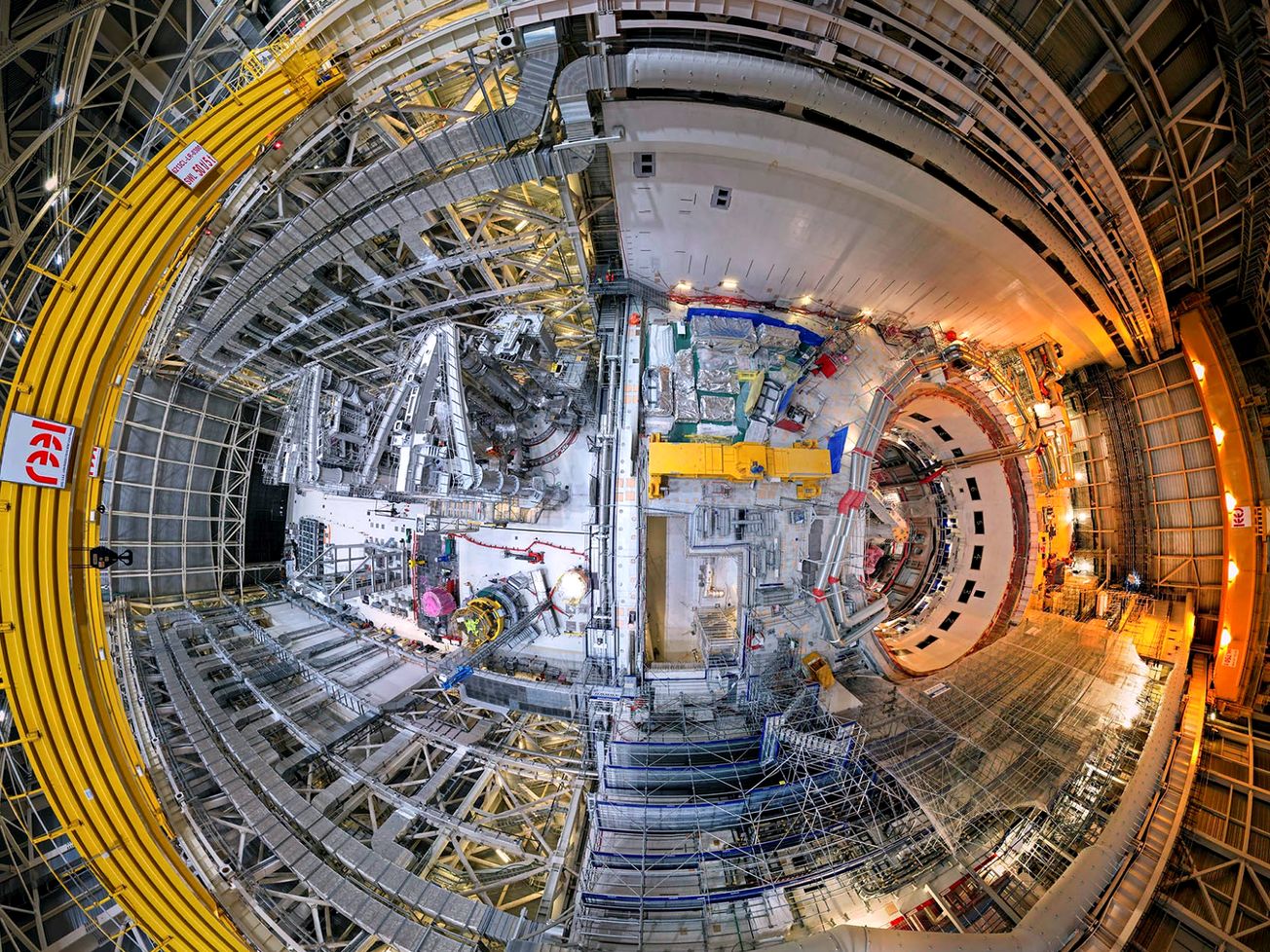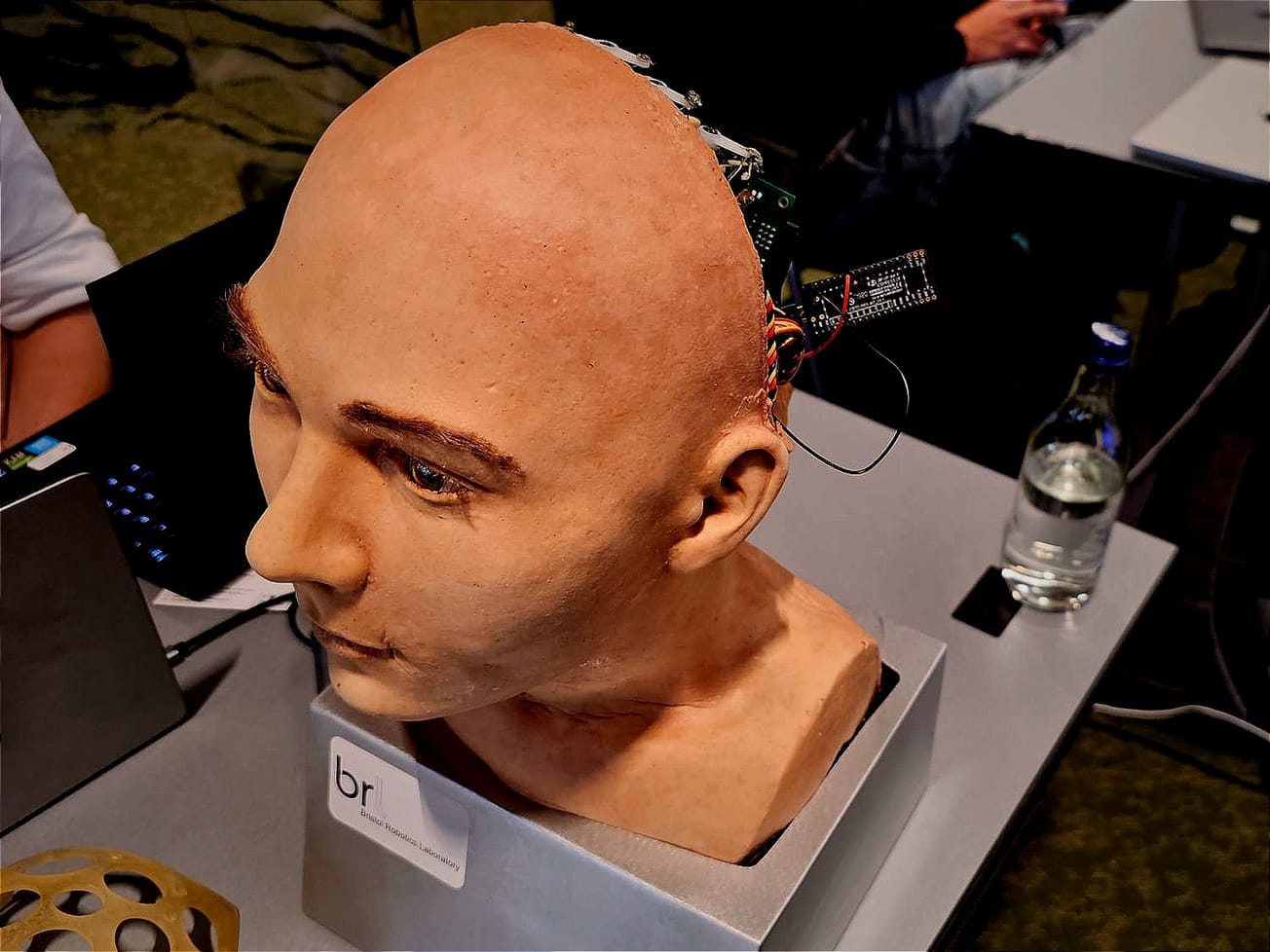An ambitious international energy project – and prime example of science diplomacy among the world's major powers – reached a major milestone.
After two decades of design, production and assembly on three continents, the International Thermonuclear Experimental Reactor said on Monday it took hold of 19 massive toroidal field coils from Japan and Europe.








